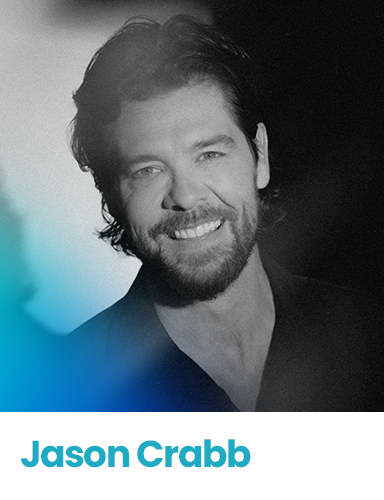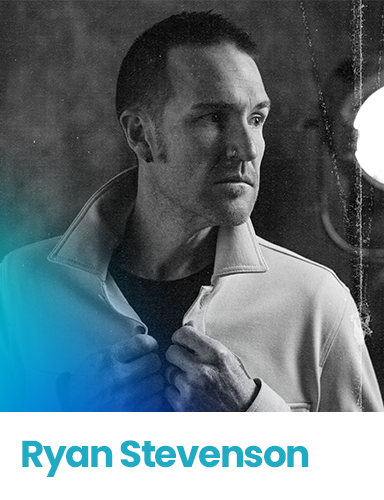
Great! Do It!
Leadership is the healthy cultivation and use of your influence, for the worthy cause. And since everyone has influence, everyone can be a leader.*
You may have seen the old TV commercial from UPS, where a business owner listens to two consultants give him a list of specific, jargon-y, recommendations, and after hearing them out, the owner says … “Great! Do it!”
“Uh, we don’t actually do what we propose … we just propose it …”.
Let’s start with the idea that as a leader, your number one job is not to maintain things as they are. And it’s not to propose change. Your number one job is to create actual change. If they’d wanted lower ratings, or less mission impact, or revenue that doesn’t go any higher than it is now, or if they’d wanted the maintenance of the status quo, then they wouldn’t have hired you, right?
If we do the things that we’ve always done, then we’ll get the results that we’ve always gotten.
And when you lovingly push on an organization, by introducing change, it pushes back – the people, and the systems.
Systems are designed to work in an internally consistent way. They self-reinforce. There are no bad motives on the people side, it’s just that existing systems (even really bad ones) are perfectly crafted to give the organization the exact results that it’s getting right now. When you lead change well, with the best of intentions, you are still upsetting the apple cart. Which means that every station you ever work at, will be change resistant — to one degree or another.
“That’s not the way we do things here … “
So you make change. Your job is to create change through things like vision, teaching, prayer, momentum, culture change, tapping into untapped talent on your team, new systems for doing things, and occasionally, purposely and lovingly, throwing some sand in the gears of the old systems to help them break quickly. (Sometimes the fastest way to break a bad system is to use it, a lot). All while bringing people along, and acknowledging the dignity of their contributions. You navigate the space between what is, and what could be. You replace one way of thinking, with another way of thinking. You leverage both pain and vision for the worthy cause.
Your business card might as well say “Cashier” on it, because your job is to make change.
*Clay Scroggins has a great book on this — “How To Lead When You’re Not In Charge”.






















































































































